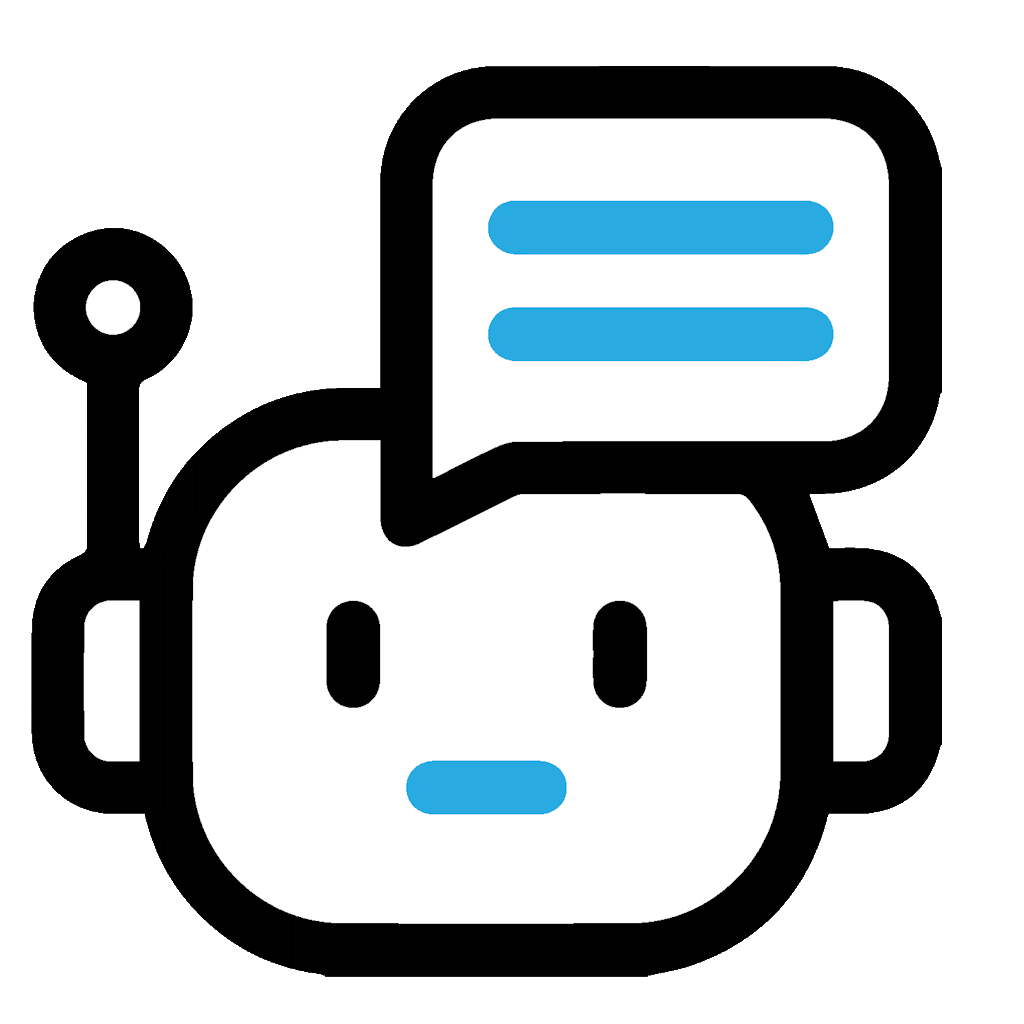AI-generated content is everywhere. From social media captions to blog posts, product descriptions to help center articles, businesses are turning to AI tools to scale their content production. However, as convenient as AI writing tools are, readers can quickly tell when a piece lacks that “human touch.” The real challenge isn’t just generating text—it’s making that text feel authentic, relatable, and trustworthy.
This is where humanizing AI-generated text becomes crucial. Whether you’re a healthcare software vendor targeting providers using pediatric EMR platforms or a SaaS company selling to mental health professionals, making your content feel real can set you apart. Let’s explore the top strategies to help you humanize AI-generated content effectively.
1. Start with Real User Intent, Not Just Keywords
AI often starts with keywords, but real people start with questions, needs, and pain points. Before generating any content, take time to understand your audience’s intent. What are they actually searching for? Why are they searching for it? For example, a pediatrician looking for a new pediatric EMR system isn’t just searching for software—they’re looking for a way to simplify charting, improve documentation, and spend more quality time with patients.
When you center your content around real-world problems and use natural language to address those concerns, AI-generated content immediately feels more human.
2. Inject Emotion and Empathy into the Text
AI can write grammatically perfect sentences, but it struggles with empathy. As a content creator, your job is to fill that emotional gap. Add empathy by recognizing your reader’s challenges. Use phrases like:
- “We get it.”
- “You’re not alone.”
- “Here’s how others in your shoes have solved this.”
Take, for instance, medical billing outsourcing companies. If you’re writing for independent medical practices considering outsourcing, talk about the real stress behind managing billing in-house—late nights, denied claims, and the constant learning curve. By acknowledging these frustrations, your content resonates on a deeper level.
3. Use Real-Life Examples and Scenarios
One of the easiest ways to humanize AI content is to ground it in reality. Instead of vague generalizations, provide scenarios that reflect your audience’s day-to-day experience.
For example:
“Imagine a busy pediatric clinic juggling vaccine schedules, growth chart monitoring, and after-hours calls. The last thing you need is an EMR that adds more complexity. A pediatric EMR should streamline your workflow, not slow you down.”
This kind of storytelling shows that you understand the environment your audience operates in. It also builds trust by demonstrating domain knowledge.
4. Avoid Robotic or Redundant Language
AI often repeats words, phrases, and sentence structures, which can sound unnatural. Use variety in tone, pacing, and vocabulary. Mix long and short sentences. Break up paragraphs into digestible chunks.
More importantly, cut the fluff. Remove filler phrases that add no value. If a sentence doesn’t clarify, explain, or guide, it’s just noise. Readers appreciate content that gets to the point without sounding like a manual.
5. Add Personality and Brand Voice
Your brand should have a consistent personality—whether it’s friendly and conversational or authoritative and expert. When you feed AI prompts that reflect this tone and then revise the output accordingly, the final content feels more aligned with your identity.
Let’s say you cater to mental health professionals using mental health practice management software. Your tone might lean toward calm, compassionate, and supportive. You wouldn’t use overly technical language or sound overly promotional. Instead, you might say:
“You became a therapist to help people heal—not to wrestle with billing codes and appointment logs. Good software should feel like a silent partner, not another patient to manage.”
6. Incorporate Human Edits Thoughtfully
AI-generated text should never be used verbatim. The human editing process is where the magic happens. Look for:
- Opportunities to reframe generic statements into specific insights.
- Ways to clarify ideas that feel muddled or overly complex.
- Language that doesn’t align with your target audience’s vocabulary.
For instance, when writing for executives at medical billing outsourcing companies, your tone might be more strategic and data-driven. You’ll need to ensure the AI doesn’t default to overly casual language that may dilute the professionalism of your message.
7. Use Data and Research to Back Up Claims
Humanized content is not just about feeling—it’s also about credibility. Add relevant statistics, reports, or research to make your content more persuasive. AI may not always pull accurate or up-to-date data, so it’s your job to verify and insert the facts.
Let’s say you’re writing a blog targeting clinics choosing a pediatric EMR. Citing a study that shows a 30% improvement in patient throughput after switching to a pediatric-specific EMR adds weight to your argument. The result? Readers take your content more seriously.
8. Make the Structure Skimmable
Most online readers don’t read every word—they skim. Structure your content with headers, bullet points, and bold highlights to make key ideas stand out. Break the text into logical sections with descriptive subheadings.
For example, a blog post for practice managers evaluating mental health practice management software could be structured with subheads like:
- “Why Mental Health Practices Need Specialized Tools”
- “Top Features to Look For in a Practice Management Solution”
- “Cost vs. Value: How to Choose What’s Right for You”
Clear structure helps readers navigate content easily and find what matters to them.
9. Embrace Imperfections (Strategically)
Perfection can feel… well, unnatural. Don’t be afraid to include a conversational aside, a rhetorical question, or a sentence fragment. These quirks mirror how real people communicate.
For instance:
“Think you’re the only one still using sticky notes to track patient follow-ups? You’re not. But there’s a better way.”
These touches bring warmth and relatability to your writing without sacrificing clarity.
10. Test, Learn, Improve
Lastly, humanizing AI content is not a one-and-done job. Track how your audience engages. Where do they stop reading? What parts get shared or quoted? Use analytics to improve future content.
A/B testing different tones, formats, and calls-to-action can help you refine your approach over time. The more you learn about your audience, the better your AI-generated content can become.
Conclusion: AI Is the Tool, Not the Voice
AI can help you produce more content, faster. But it can’t replace the human voice that connects, persuades, and builds trust. By grounding your AI-generated content in real human experiences, values, and needs, you can create material that informs and resonates.
Whether you’re writing for pediatricians using specialized pediatric EMR systems, executives exploring medical billing outsourcing companies, or therapists seeking the right mental health practice management software, the same principle applies:
People don’t want to read AI content. They want to hear from you.
Use AI to assist. Use your voice to lead.

